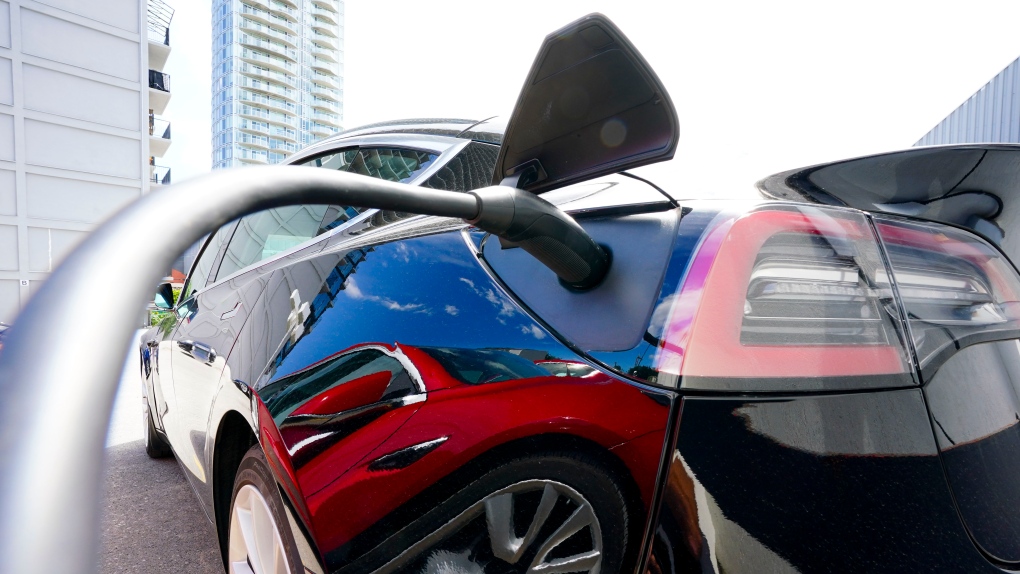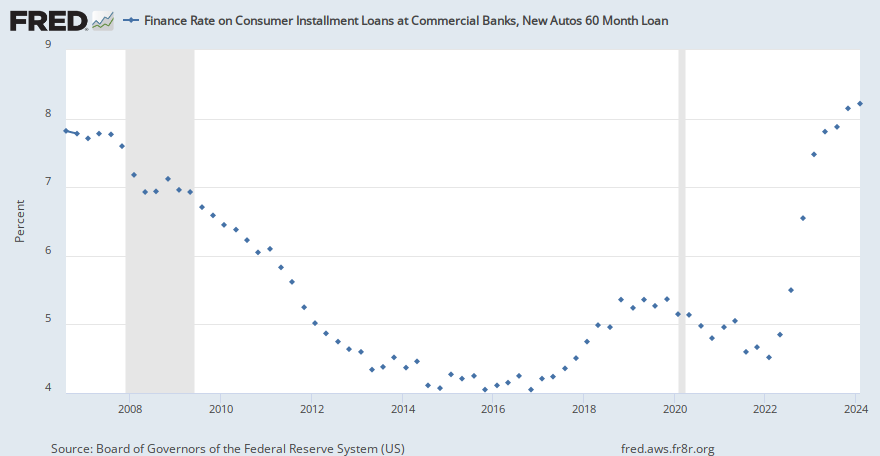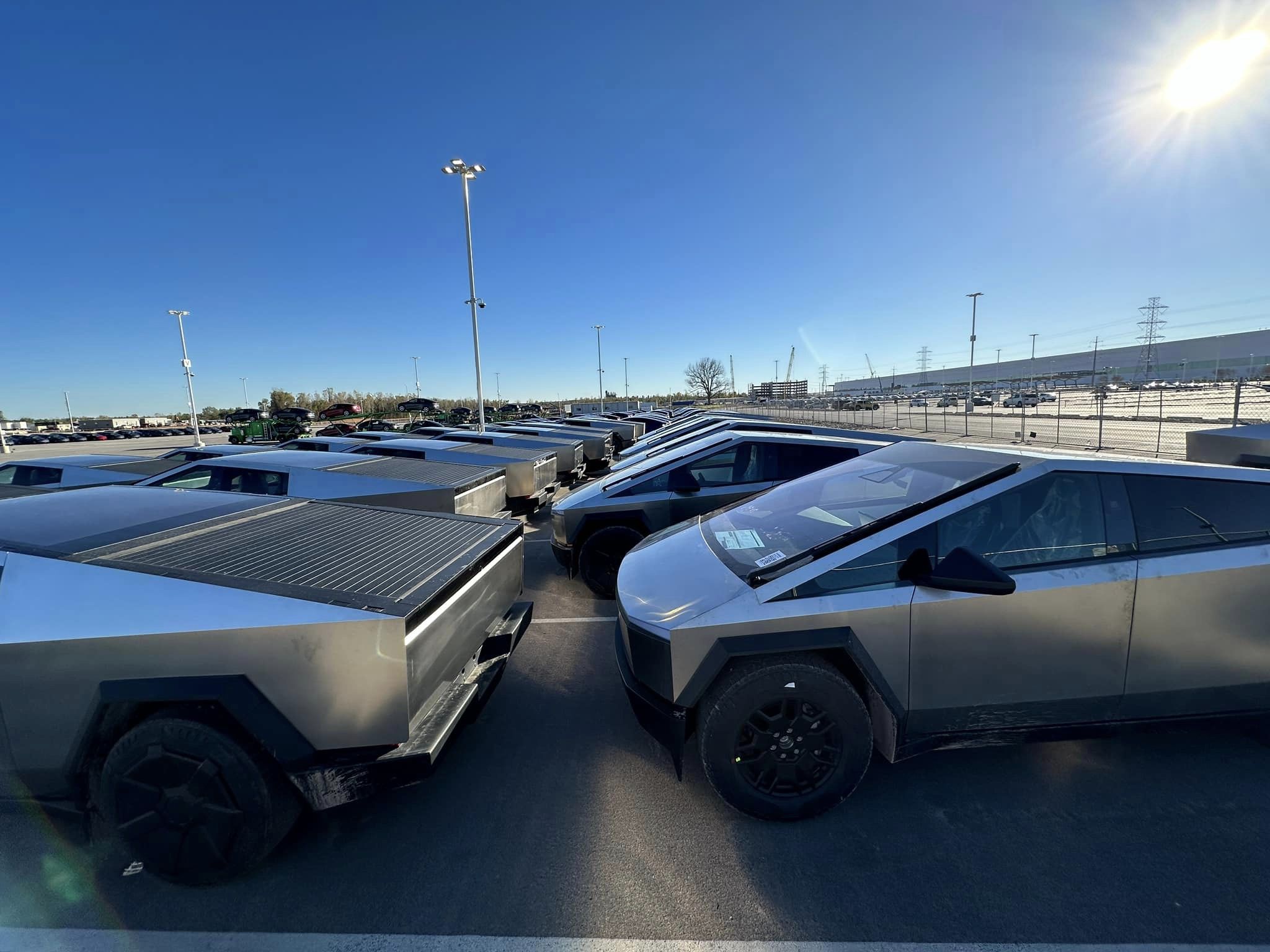Canadian auto companies sold more electric vehicles this year than ever before, but would still need to nearly double that number within three years to meet a new national mandate.

www.ctvnews.ca
CTV News article, first published on Dec. 18/23 by The Canadian Press.
Canada's Environment Minister Steven Guilbeault is set to reveal the final rules under the Canadian Environmental Protection Act to establish Canada's first-ever nationally-regulated electric-vehicle mandate.
By 2026, 20% of passenger vehicles sold to be zero-emissions, by 2030, 60%, and by 2035, 100%.
The first nine months of '23 show that 10.3% of all passenger vehicles sold in Canada were zero-emissions, so need to double sales all else being equal to meet 2026 goal. Mandate applies to auto manufacturers (must show Canadian import statistics), not auto dealers. Government will assist sales of zero-emissions vehicles through use of ZEV credits which can be bought and sold between manufacturers. Unfortunately plug-in-hybrids (PHEVs)still get partial ZEV credit, so they are kicking that can down the road a few more years before being phased out.
Verbiage of this article jumps back and forth between "zero-emissions vehicles" and "EVs", so I can only assume that near all zero-emissions vehicles will be Battery Electric. Not a mention of hydrogen or other type.
There is great progress being made in the provinces of British Columbia and Quebec which as recently as the third quarter of 2023, both provinces exceeded the 20% target for EVs, and growing. It helps that BC and Quebec have additional $4k and $7k rebates respectively, in addition to the federal rebate of $5k for EVs. Not surprisingly the more sparsely populated Central provinces and Atlantic provinces with less fast charging sites were the laggards.
So, with most all original auto manufacturers playing hooky regarding EVs, Tesla will be the beneficiary of selling ZEV credits to them for the foreseeable future.
No mention of auto manufacturers in this article, although a nice shout-out in the form of a photo of a Tesla EV charging. All in all informative and positive article of where the future is heading. Heading towards EVs.








